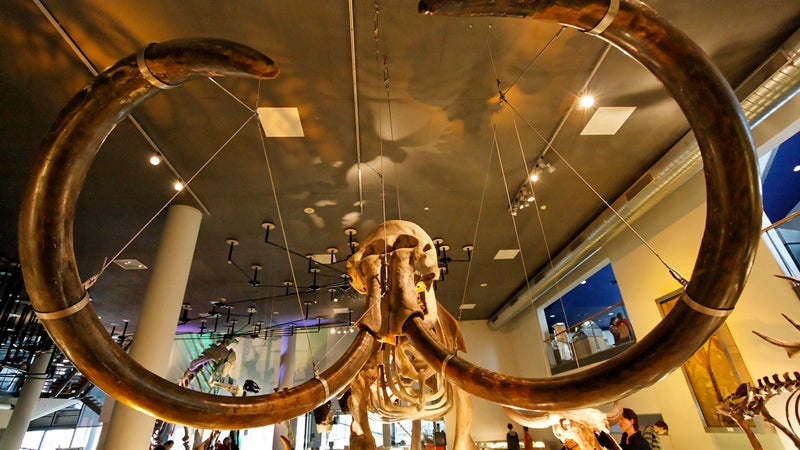Woolly mammoths’ dietary dependence on tiny flowers might have led to their extinction.
That’s right. These massive mammals relied on flowers as an important source of protein, according to a in Nature. So when the small plants disappeared after the last ice age, about 15,000 years ago, the mammoths weren’t far behind.
The findings are based on DNA analysis of 50,000-year-old permafrost cores and, well, mammoth poop. Turns out flowering plants made up a significant portion of the animals’ diets.
The landscape in the northern hemisphere would have been much more diverse and stable than it is today, the study found. Woolly mammoths fed on grasses and protein-rich flowers—diversity that all but disappeared after the last ice age. It’s a dire warning of what can happen when the climate changes drastically.
“Maybe we get ahold of the greenhouse gases in the future,” study author Eske Willerslev . “But don’t expect the good old well-known vegetation to come back when it becomes cooler again after the global warming. It is not given that the ‘old’ ecosystems will reestablish themselves to the same extent as before the warming.”


